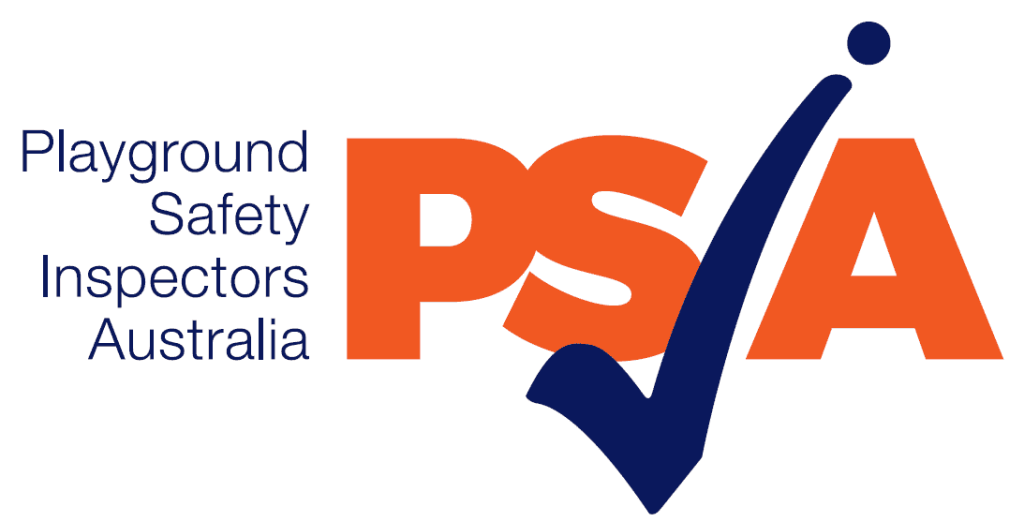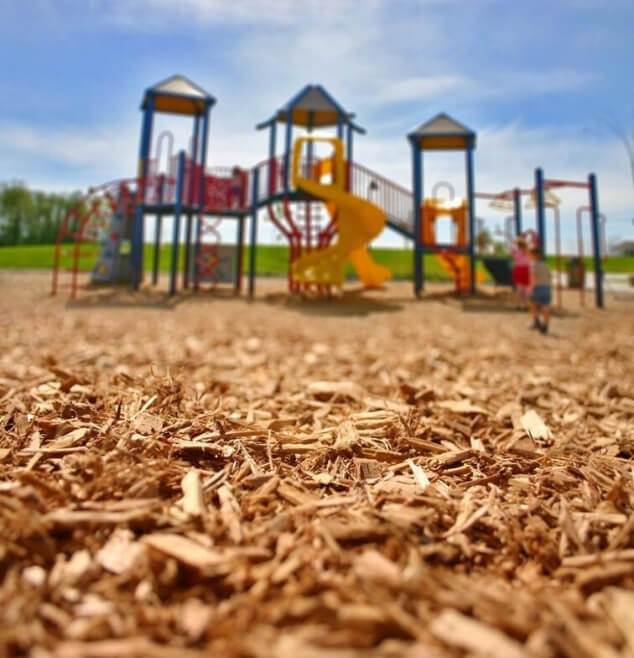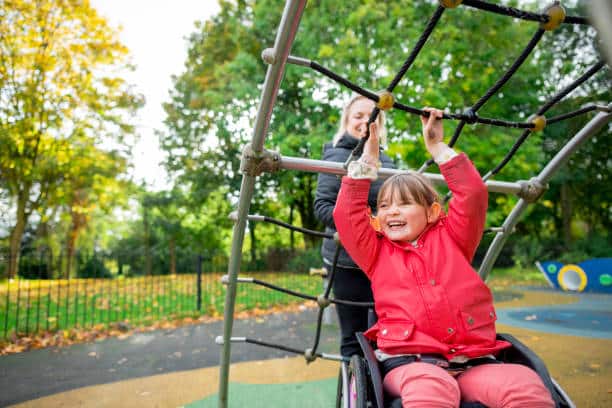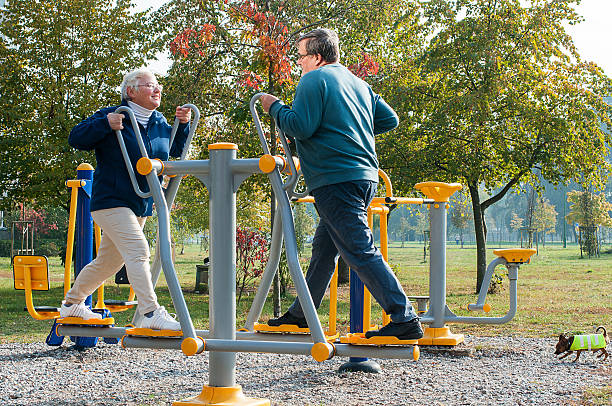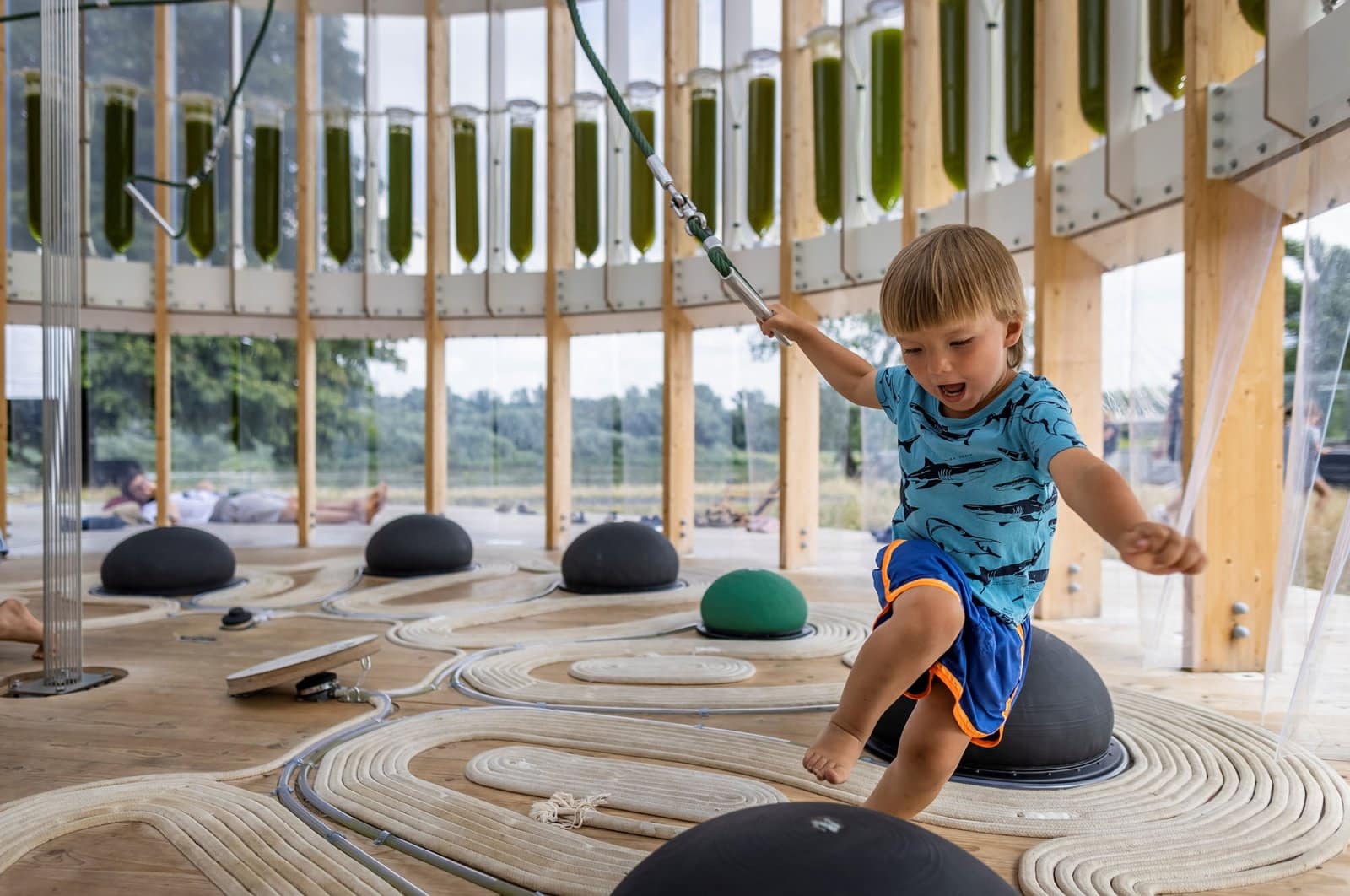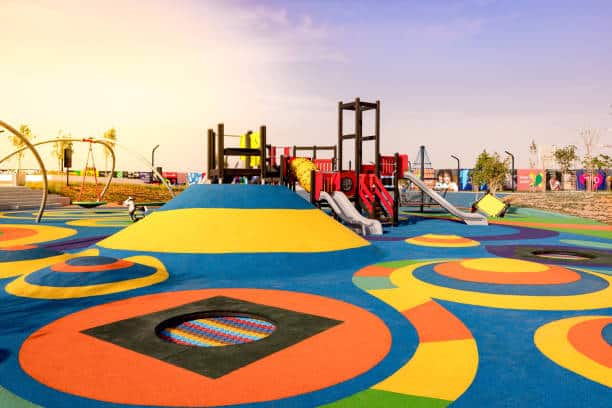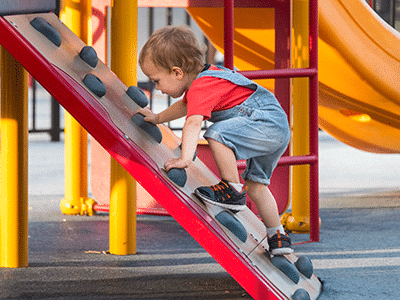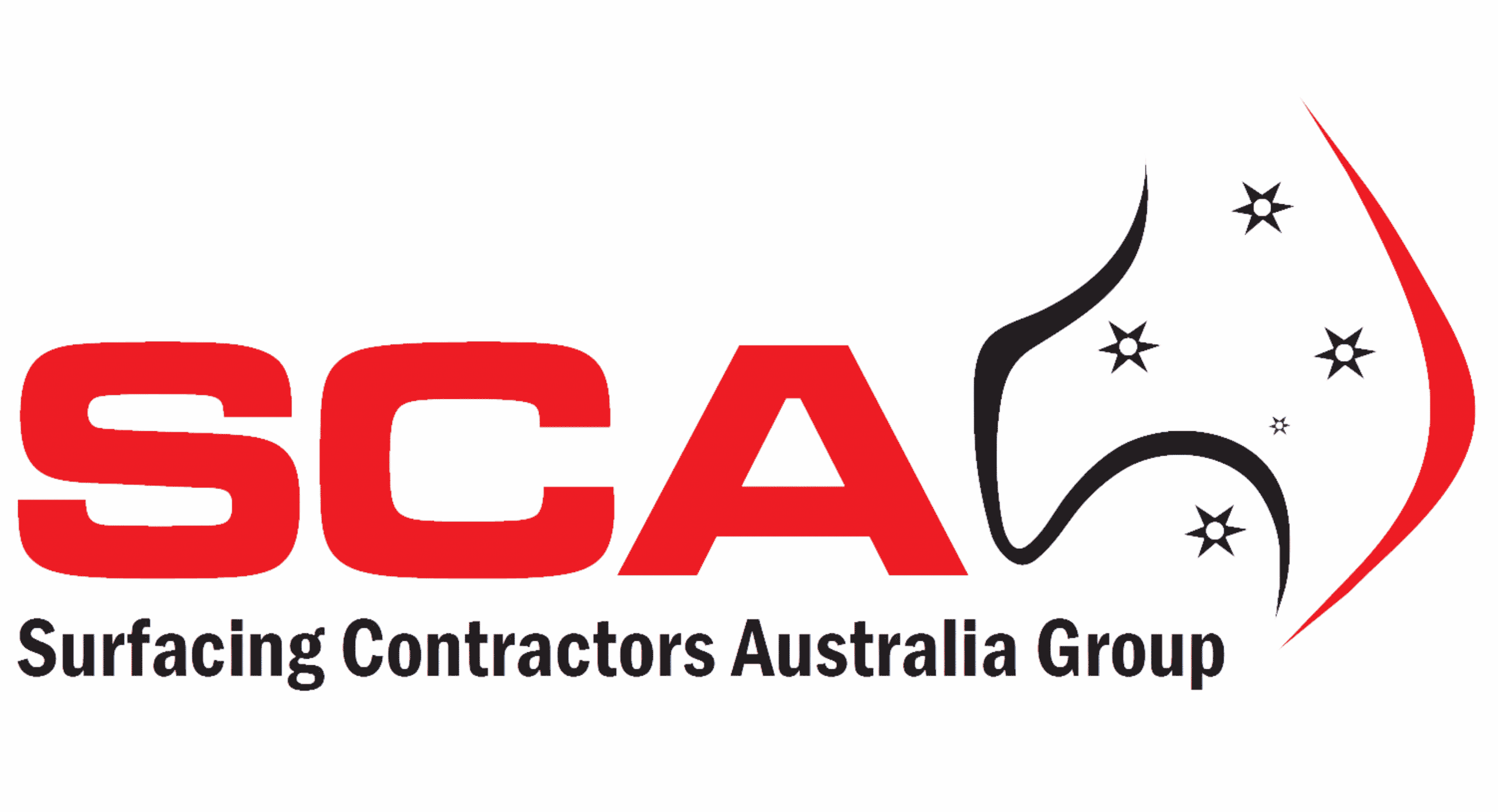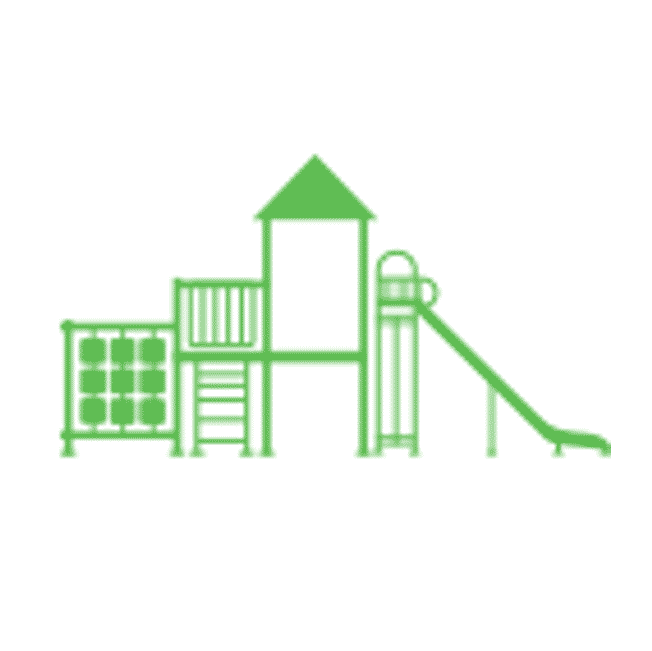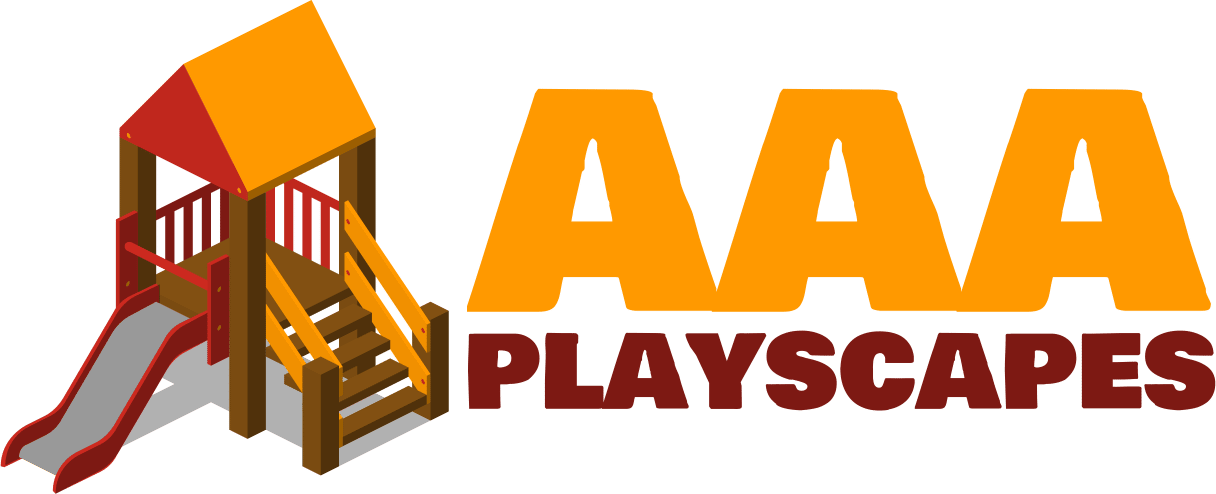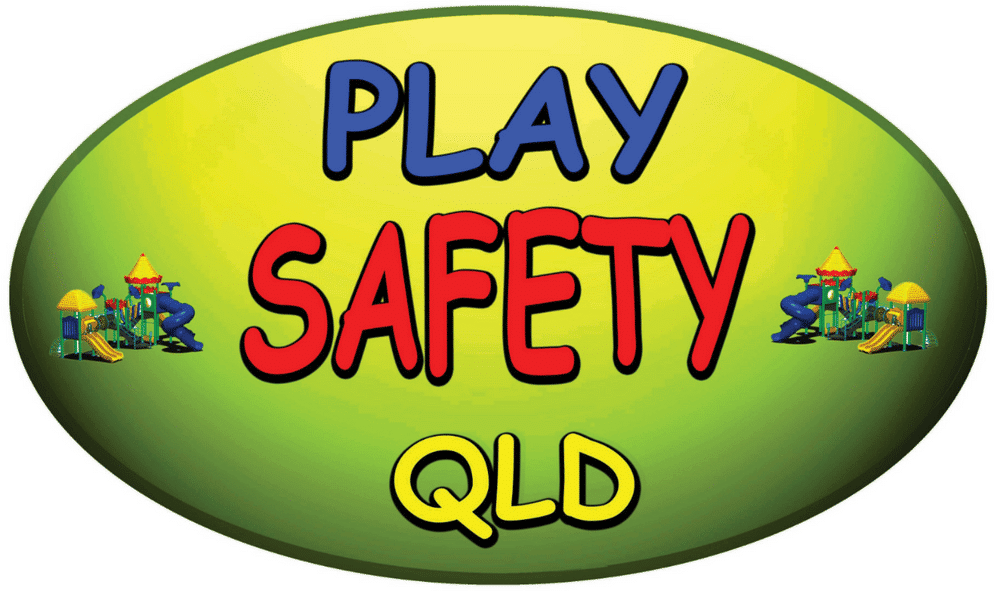Playgrounds are not one-size-fits-all spaces. To create a safe and enjoyable play environment for children, it’s essential to consider age-appropriate playground equipment. Play experiences should be tailored to the developmental needs and physical abilities of different age groups. In this guide, we’ll provide you with valuable guidelines for selecting the right playground equipment for various age ranges.

Understanding Age-Appropriate Play
Play is a vital part of childhood development, fostering physical, social, and cognitive skills. However, what’s suitable for a 2-year-old may not be safe or engaging for a 10-year-old. Here’s how you can cater to different age groups:
Toddlers (Ages 1-2)
Toddlers are still developing their balance, coordination, and sensory skills. When choosing equipment for this age group:
- Safety First: Opt for equipment with low platforms, soft edges, and secure barriers to prevent falls.
- Simple Climbing Structures: Toddlers can benefit from low-level climbing structures that are easy to navigate.
- Swings: Bucket swings with a high back and safety strap are suitable for young children.
- Sensory Play: Include equipment that stimulates their senses, such as musical panels, sandboxes, and colorful textures.
Preschoolers (Ages 3-5)
Preschoolers are more physically active and adventurous. Equip the playground to challenge and entertain them:
- Moderate Climbing: Include low platforms with easy steps and small slides.
- Swings: Transition to traditional swings but with appropriate safety features.
- Sand and Water Play: Sandboxes and water play areas promote imaginative play.
- Interactive Panels: Add interactive panels for simple games and activities.
- Balance Challenges: Incorporate balance beams and stepping stones to develop their coordination.
Early School-Age (Ages 6-8)
Children in this age group are more skilled and confident. Equipment should provide opportunities for both physical activity and imaginative play:
- Higher Climbing Structures: Include taller slides, climbing walls, and more challenging obstacles.
- Swings: Traditional swings without high backs are suitable.
- Swings: Consider tire swings or group swings for social play.
- Monkey Bars: Introduce monkey bars for upper body strength.
- Imaginative Play: Include playhouses, forts, or themed play structures.
Older School-Age (Ages 9-12)
Older children need more physically demanding challenges and spaces for social interaction:
- Challenging Climbing: Multi-level climbing structures, rope nets, and overhead activities.
- Swings: Standard swings and larger swings for group play.
- Sports Equipment: Install basketball hoops, soccer goals, or other sports-related equipment.
- Adventure and Exploration: Incorporate zip lines, mazes, and nature-oriented play features.
- Social Spaces: Seating areas for socializing and rest.
Key Considerations for All Age Groups
Regardless of the age group you are catering to, certain considerations apply to all playground equipment selection:
- Safety Standards: Ensure all equipment meets safety standards and regulations.
- Accessibility: Make sure the playground is accessible to children with disabilities.
- Maintenance: Regularly inspect and maintain equipment to ensure safety and longevity.
- Supervision: Ensure proper supervision, especially for younger children.
- Surfacing: Use appropriate safety surfacing like rubber mulch or engineered wood fiber to cushion falls.
Inclusive Playgrounds
Consider creating inclusive playgrounds that accommodate children of all abilities. Inclusive designs incorporate features like ramped access, sensory play elements, and adaptive swings to provide an inclusive and enriching play experience for children with disabilities.
Conclusion
Choosing age-appropriate playground equipment is essential for fostering children’s physical, social, and cognitive development while ensuring their safety. By tailoring your playground to the needs and interests of different age groups, you can create a vibrant and inclusive play space that encourages children to explore, learn, and have fun. Keep in mind the safety and accessibility aspects and regularly maintain the equipment to provide a safe and enjoyable play experience for all.
